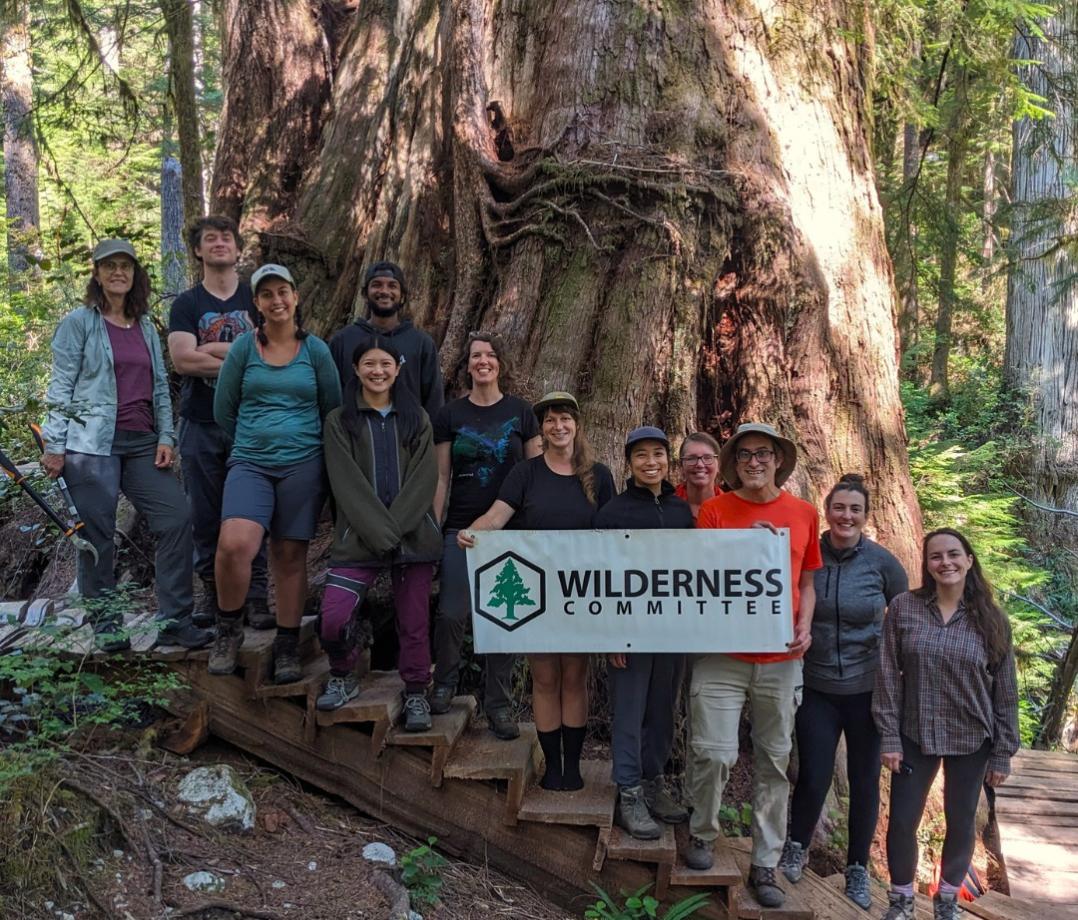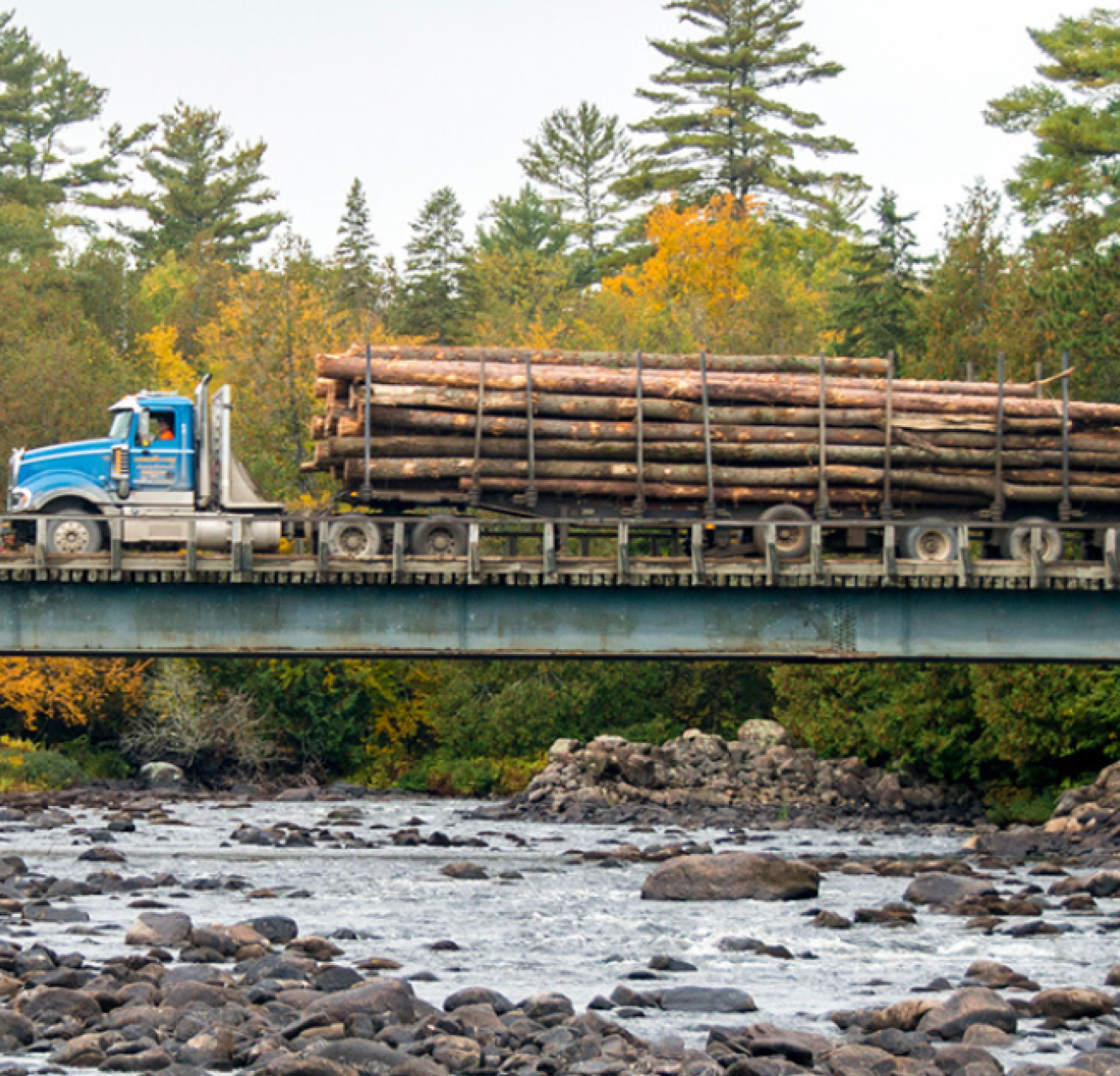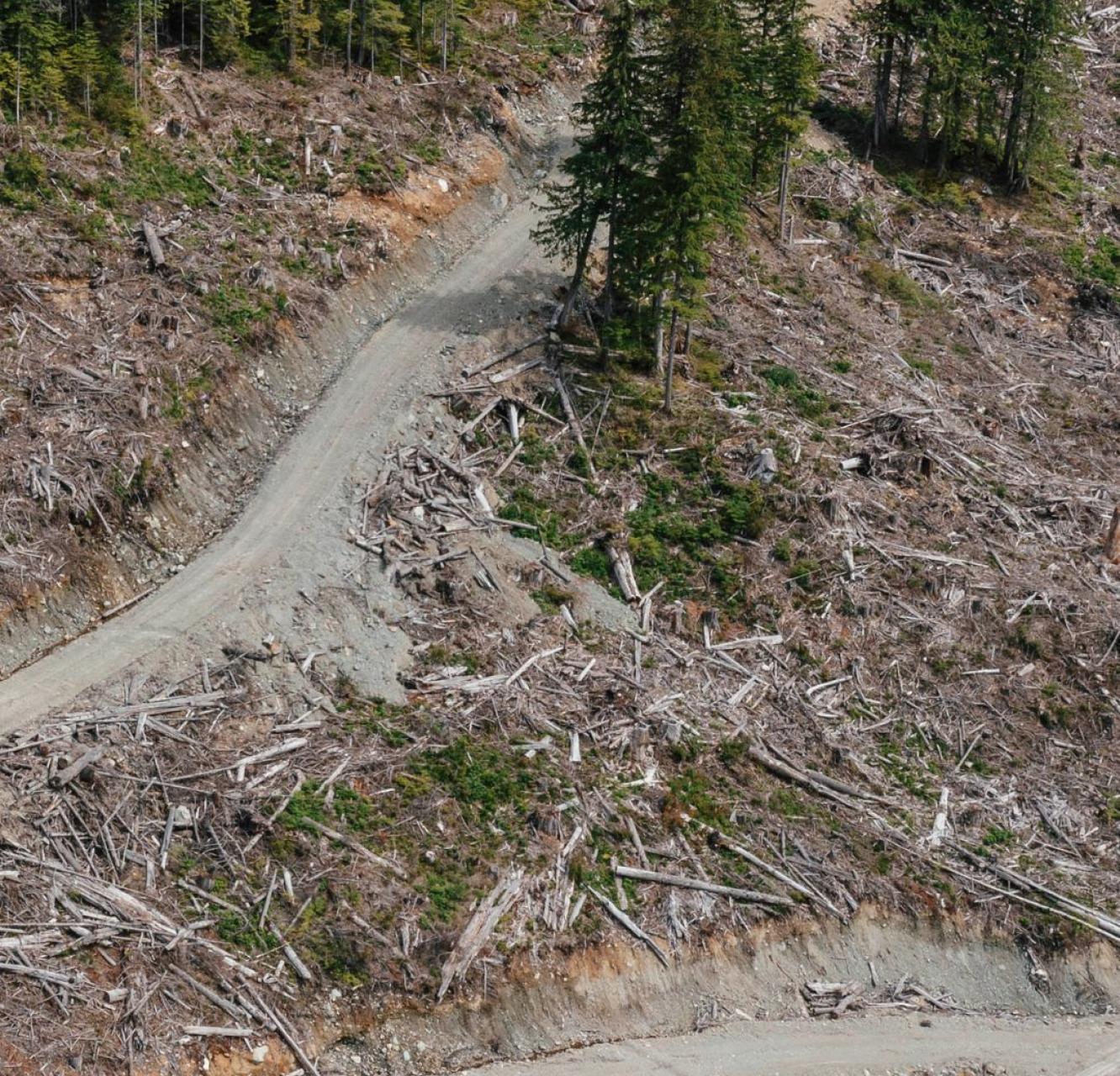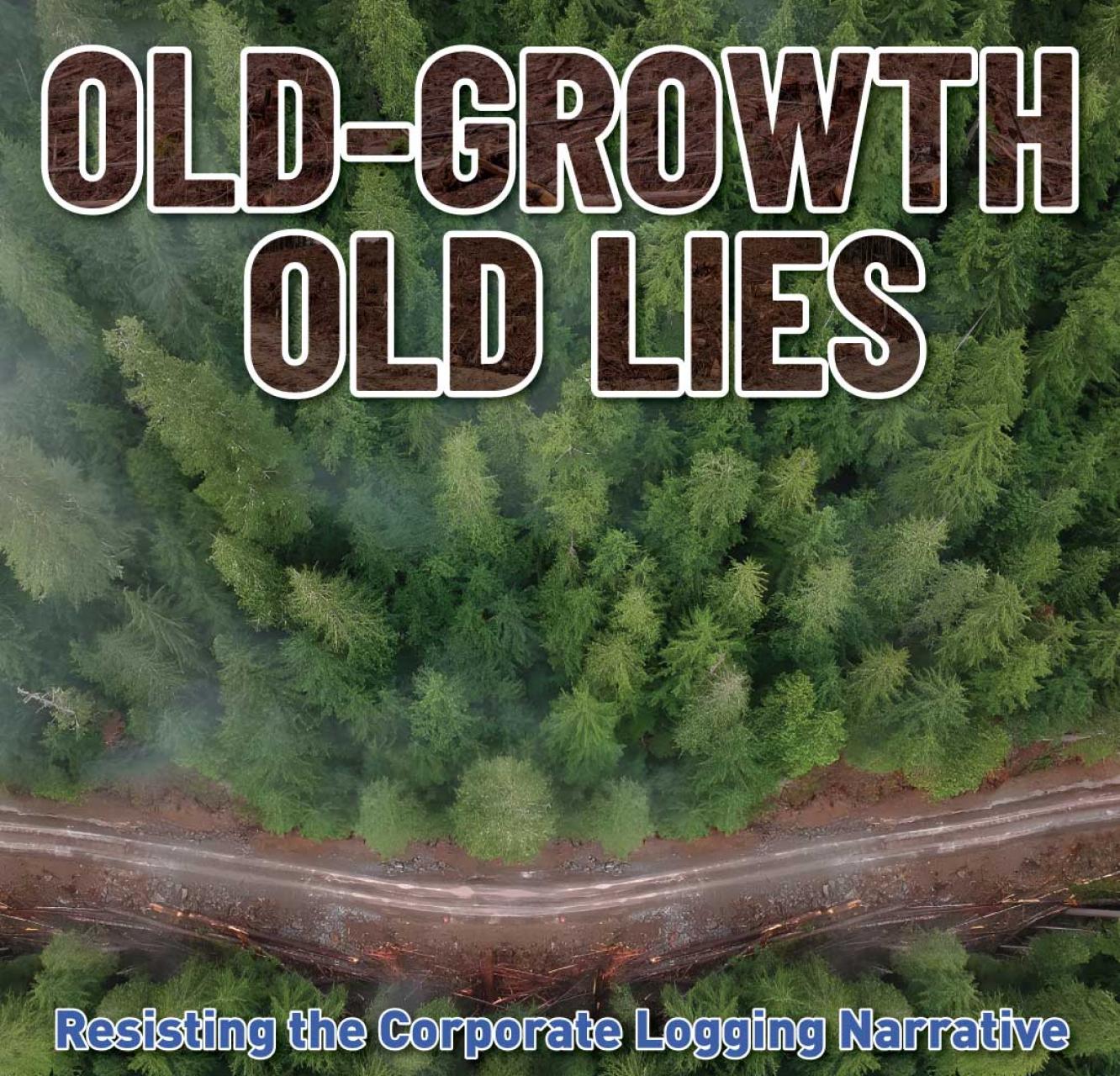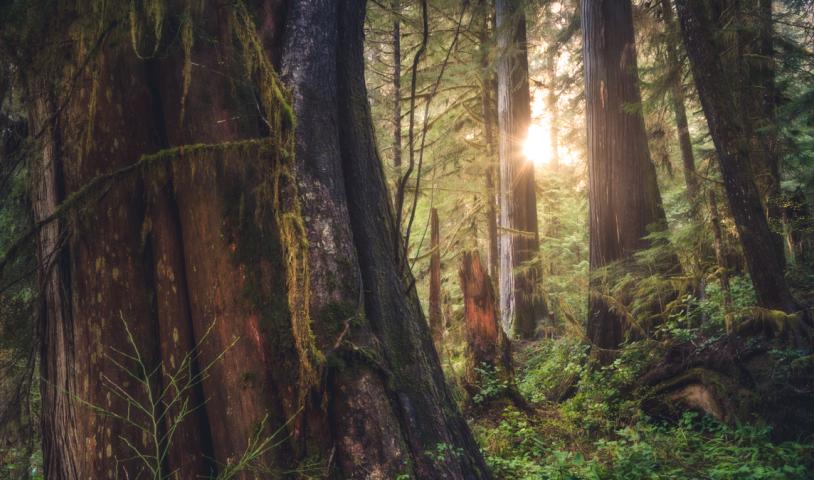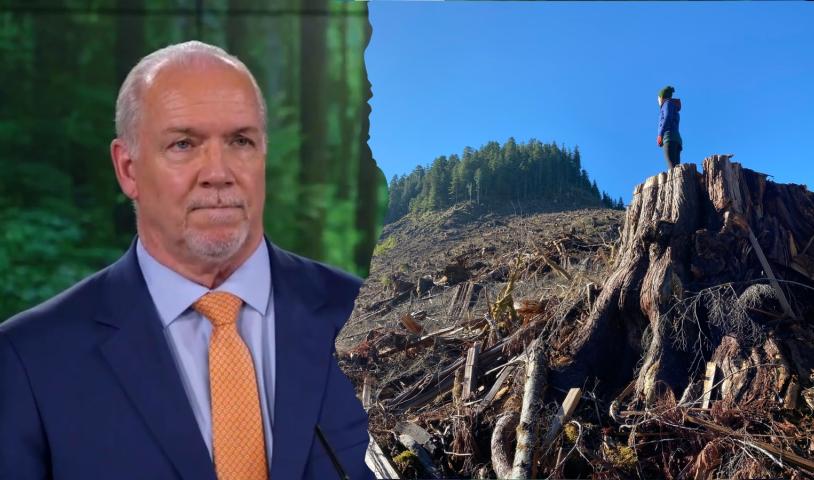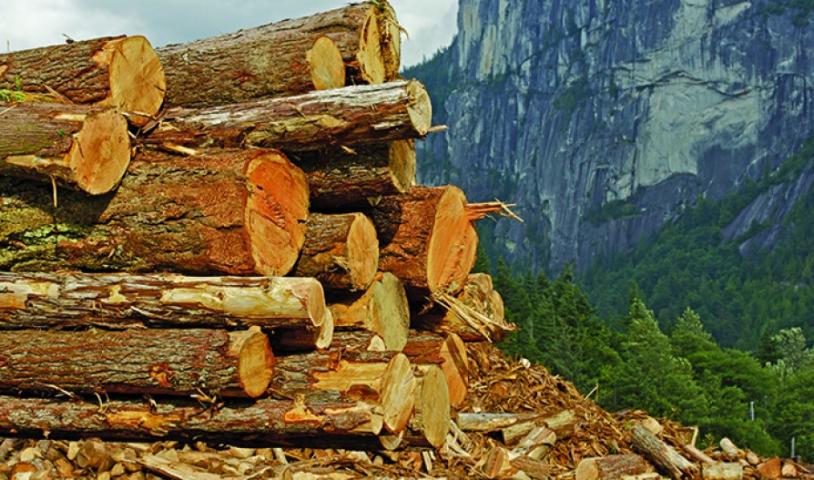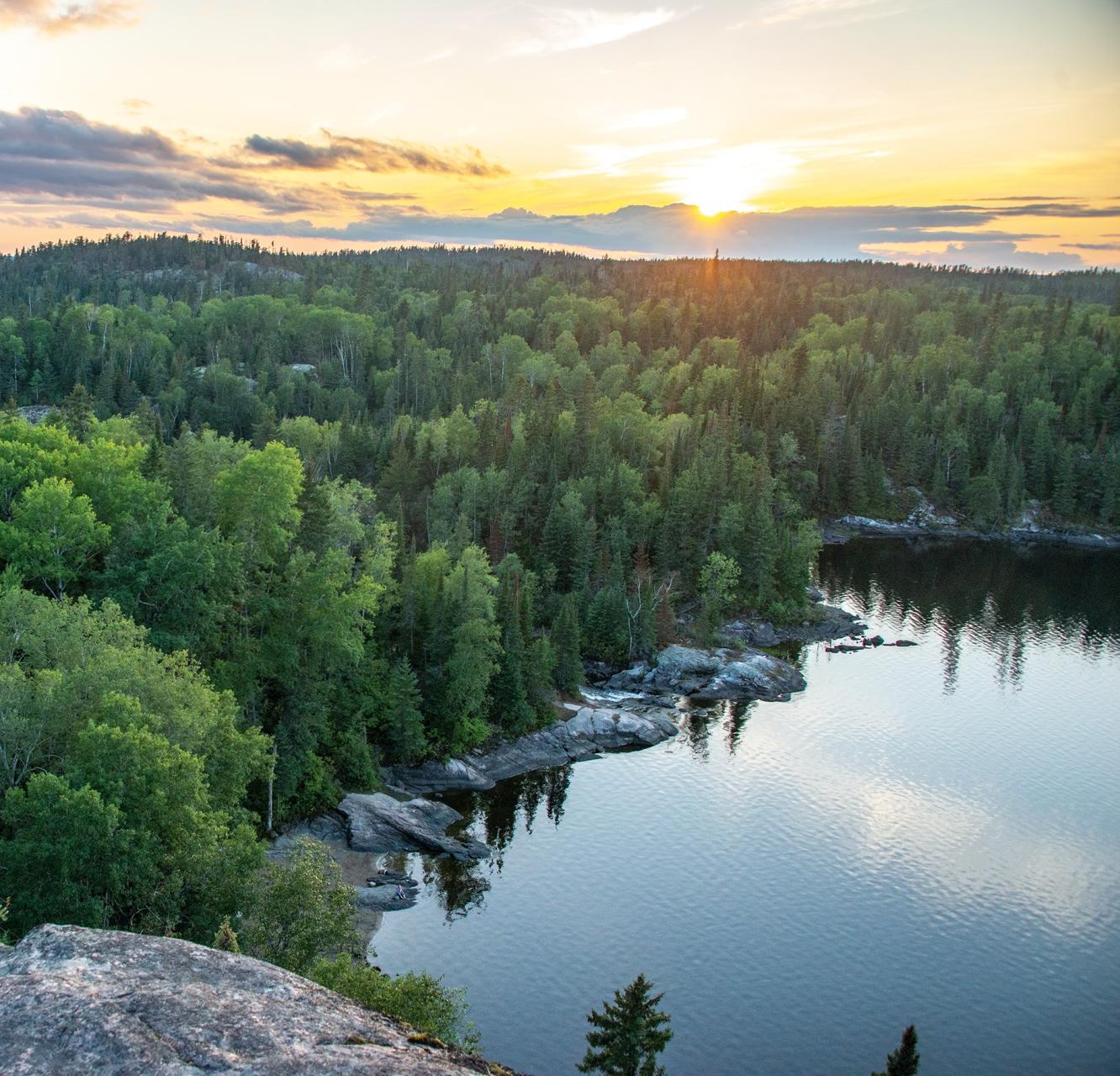BC Forestry Reform
Seeing the forest through the trees
When people think of B.C., they likely picture a lush mountainscape dotted with lakes, towering trees and the Pacific Ocean. The forests, from Western red cedar to Douglas fir and Western hemlock, support recreation and tourism, and play a crucial role in climate stability. They provide clean water, store carbon and protect biodiversity. They also support cultural resiliency for Indigenous communities and serve as the basis for a province-wide economy.
However, current logging practices prioritize short-term economic gain at the expense of these lasting benefits, leading to long-term harm. Forestry in B.C. must be reformed to support the full range of values that these forests hold, not just timber. Clearcutting and the loss of old-growth forests weaken these ecosystems’ ability to sustain life and fight climate change. Reforming forestry means shifting to sustainable practices that respect all forest values — ecological, economic and cultural. By protecting what remains and changing how we manage already logged forests, we secure a better future for all.
Take Action
Let forests grow declaration
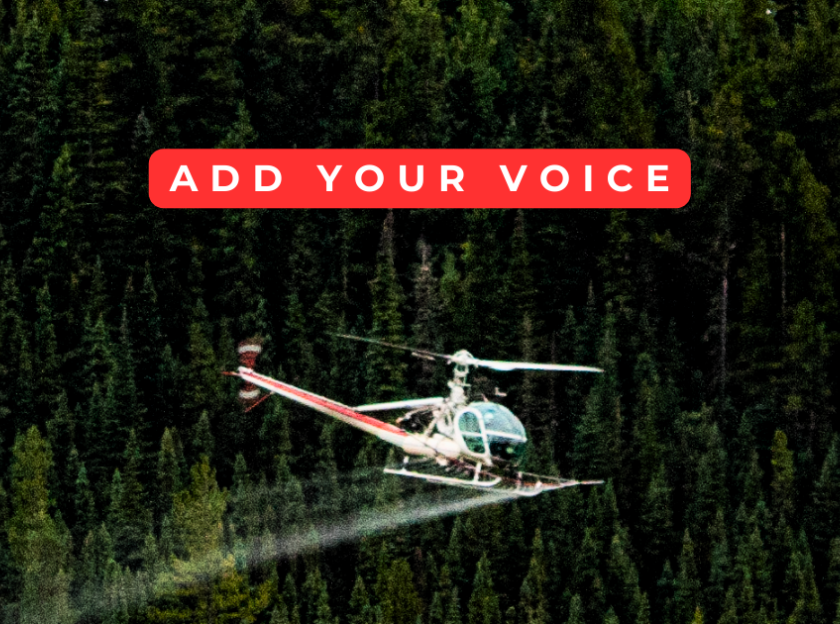
Forestry reform needed now
Forestry has long been seen as the backbone of rural communities in B.C., but that foundation has cracked. Mills are shutting down not because of conservation, but because we've overharvested forests for decades. Once thought to be limitless, old-growth forests are now incredibly rare. These forests are not just sources of timber; they serve as vital carbon sinks, biodiversity havens and cultural supports for Indigenous Peoples. Historically, Indigenous People have been forcibly removed from their lands to allow logging companies to run unchecked. Practices like clearcutting and re-planting single species have left the land vulnerable to wildfires, which continue to grow larger and more destructive each year.
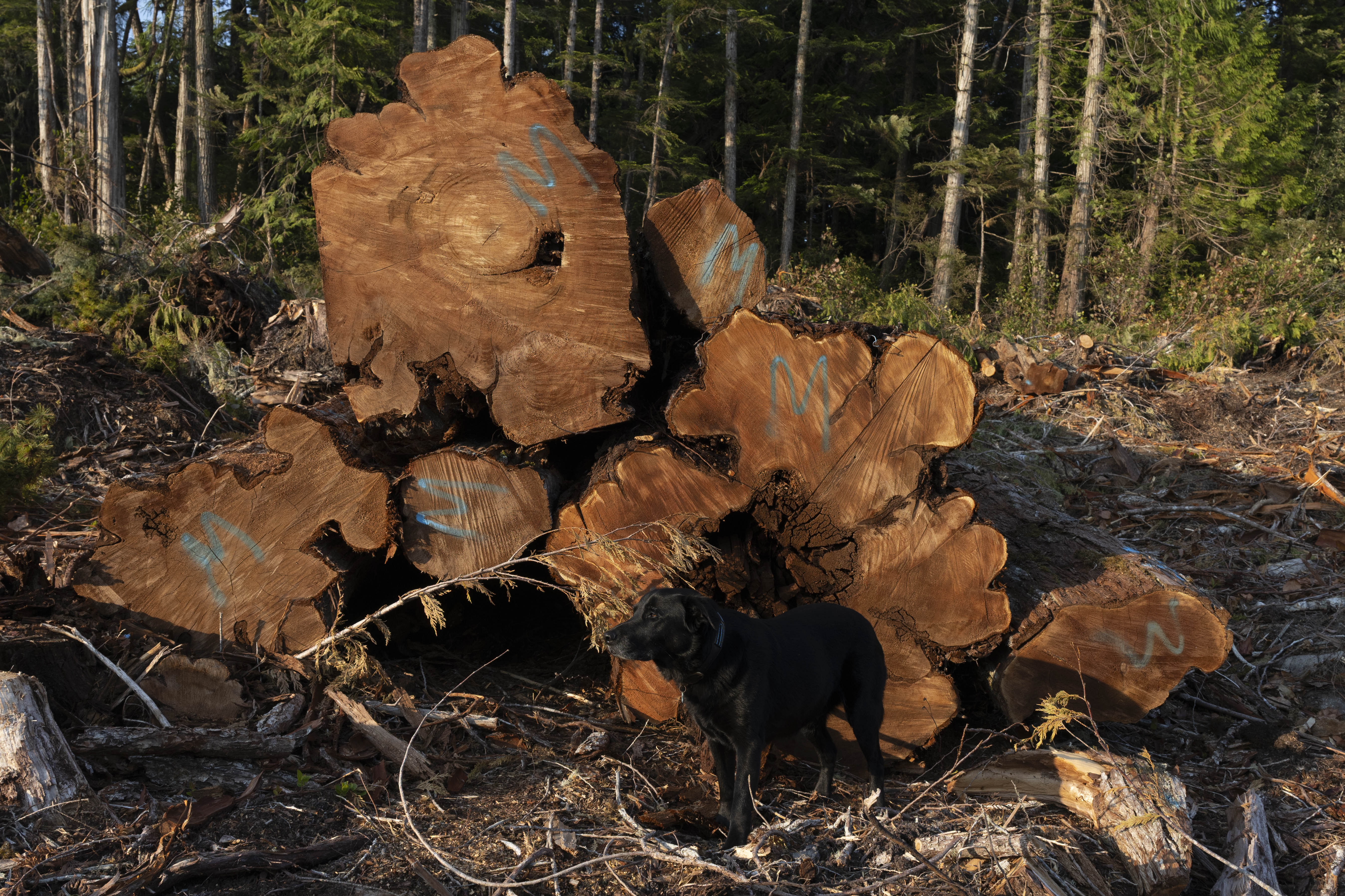
Wildfire heroes
Industrial logging practices can significantly increase wildfire risk. Clearcut areas are often replanted as monocultures, typically with fast-growing conifers like pine or spruce. This creates dense, uniform stands that are highly flammable. These plantations lack the diversity of species and age found in natural forests, reducing resilience to fire.
To promote these commercial species, logging companies frequently spray glyphosate to kill broadleaf trees, like alder and aspen, species that naturally retain moisture and act as firebreaks. By removing these fire-resistant species and encouraging tightly packed conifer growth, we create forests that burn faster, hotter and more often. This isn’t forest renewal, it’s a fire trap.
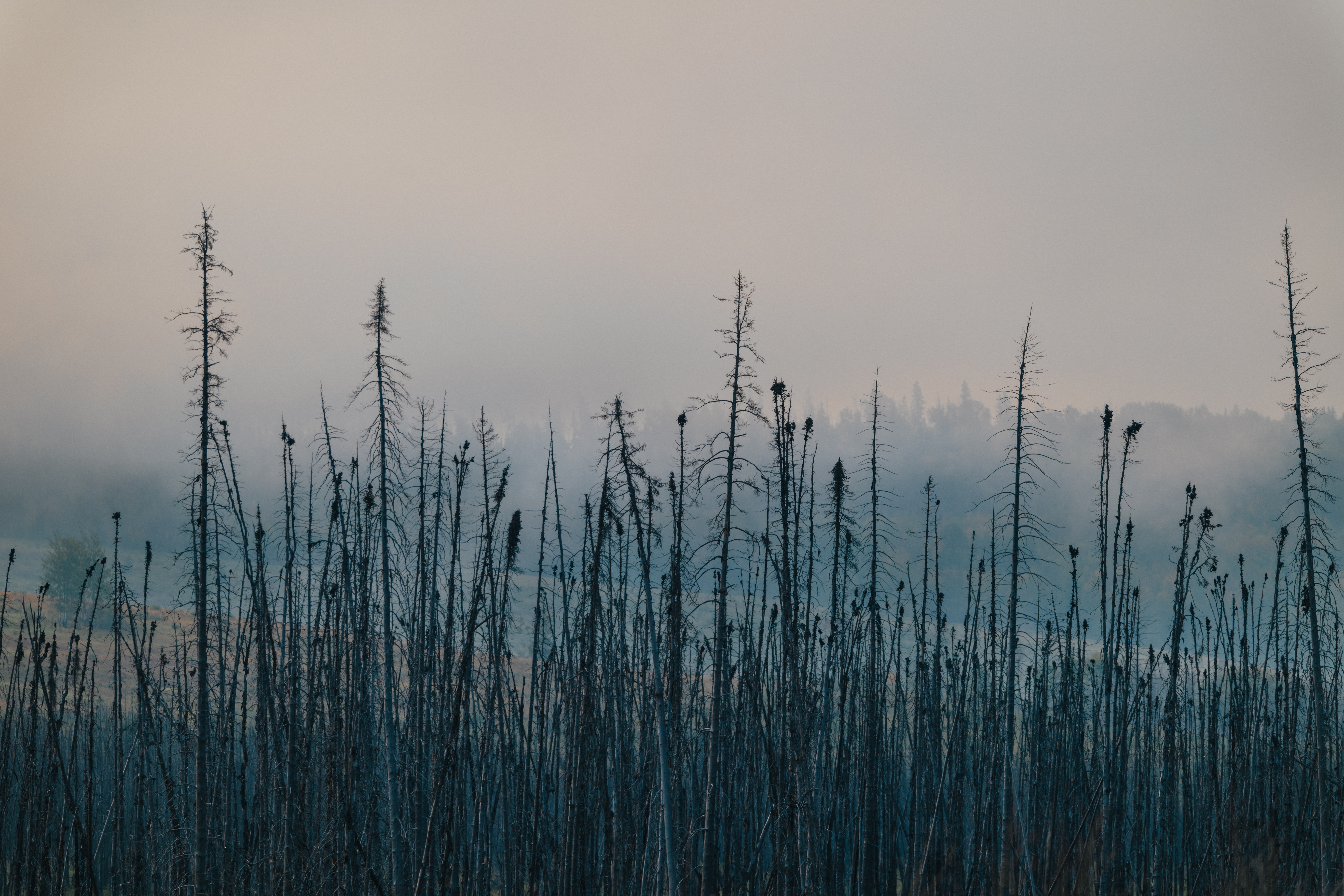
Forestry feeds my family
The old industry saying that “forestry feeds my family” no longer rings true. Across B.C., unsustainable practices have led to mill closures, ecosystem collapse and raging wildfires, threatening the very communities forestry was meant to support. But there is another path. Reform means shifting away from destructive, high-volume clearcutting to selective logging that preserves biodiversity, promotes restoration and respects Indigenous governance. True sustainability must combine economic prosperity with ecological health, rooted in long-term thinking rather than short-term profits.
Indigenous Nations have stewarded these lands for millennia with resilience, knowledge and a deep respect for balance. Their leadership offers a viable path forward, one that restores forests, protects jobs and rebuilds relationships with the land. By embracing Indigenous leadership and reforming forestry practices, we can create a future where families and forests thrive together.
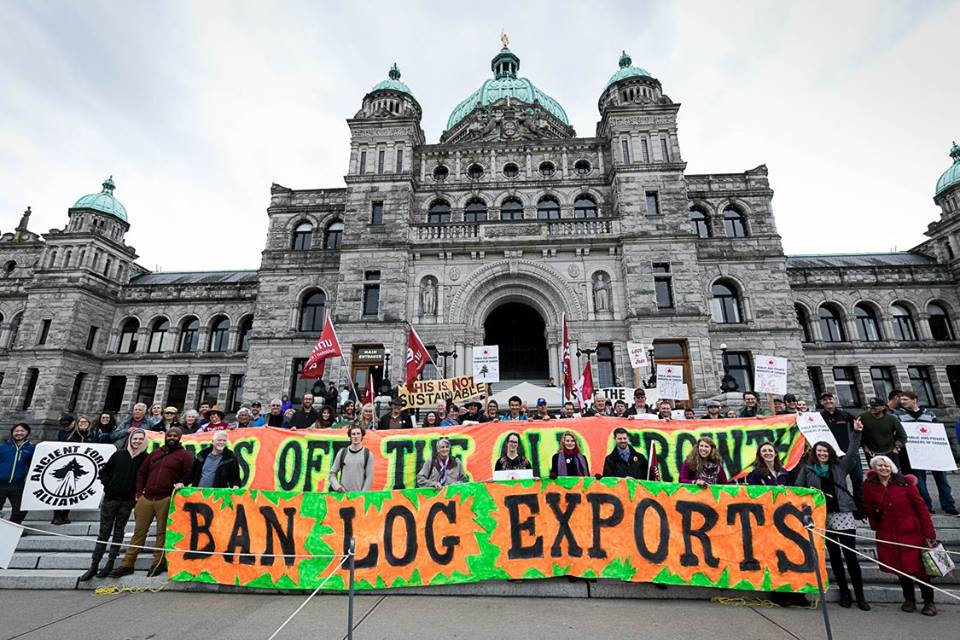
Let’s move forward
Forestry reform in B.C. isn’t just necessary, it’s an opportunity for renewal to support the values people here already hold. The old model, built on clearcutting and short-term profit, is collapsing under its own weight. Instead, we can imagine a future where forestry supports thriving ecosystems and healthy, local economies, where Indigenous Nations lead, biodiversity is protected and forests are valued for more than just timber.
Reform means ending old-growth logging, restoring damaged lands, embracing diverse, climate-resilient forests and shifting to stewardship-based management. It’s time to stop treating forests as limitless resources and start seeing them as living systems. This isn’t about halting the economy; it’s about transforming it into something sustainable and meaningful for future generations.
If we want forestry to support people tomorrow, we must manage forests differently today. Ecological sustainability isn’t a threat to the forest industry; it’s the only path to long-term survival.
Logging Won’t Save Us From Wildfires
As wildfires devastate communities and ecosystems, the logging industry is pushing a dangerous myth: that cutting more forests will reduce fire risk. But Indigenous knowledge and science say otherwise. Clearcuts and tree plantations increase flammability, while cultural burns reduce risk and restore balance to naturally fire-resistant old-growth forests. Forestry should turn to Indigenous fire stewardship for any hope of ecological restoration, not logging industries.
Old-Growth, Old Lies
The logging industry has long been controlling the narrative around what’s happening in forests. They started by displacing Indigenous People from their lands to hide the extent of environmental destruction, and they have continued to shape the story through messaging and propaganda. We can resist this control by staying informed about what is truly happening with old-growth forests. Read our latest publication to learn more.
Campaign Gallery
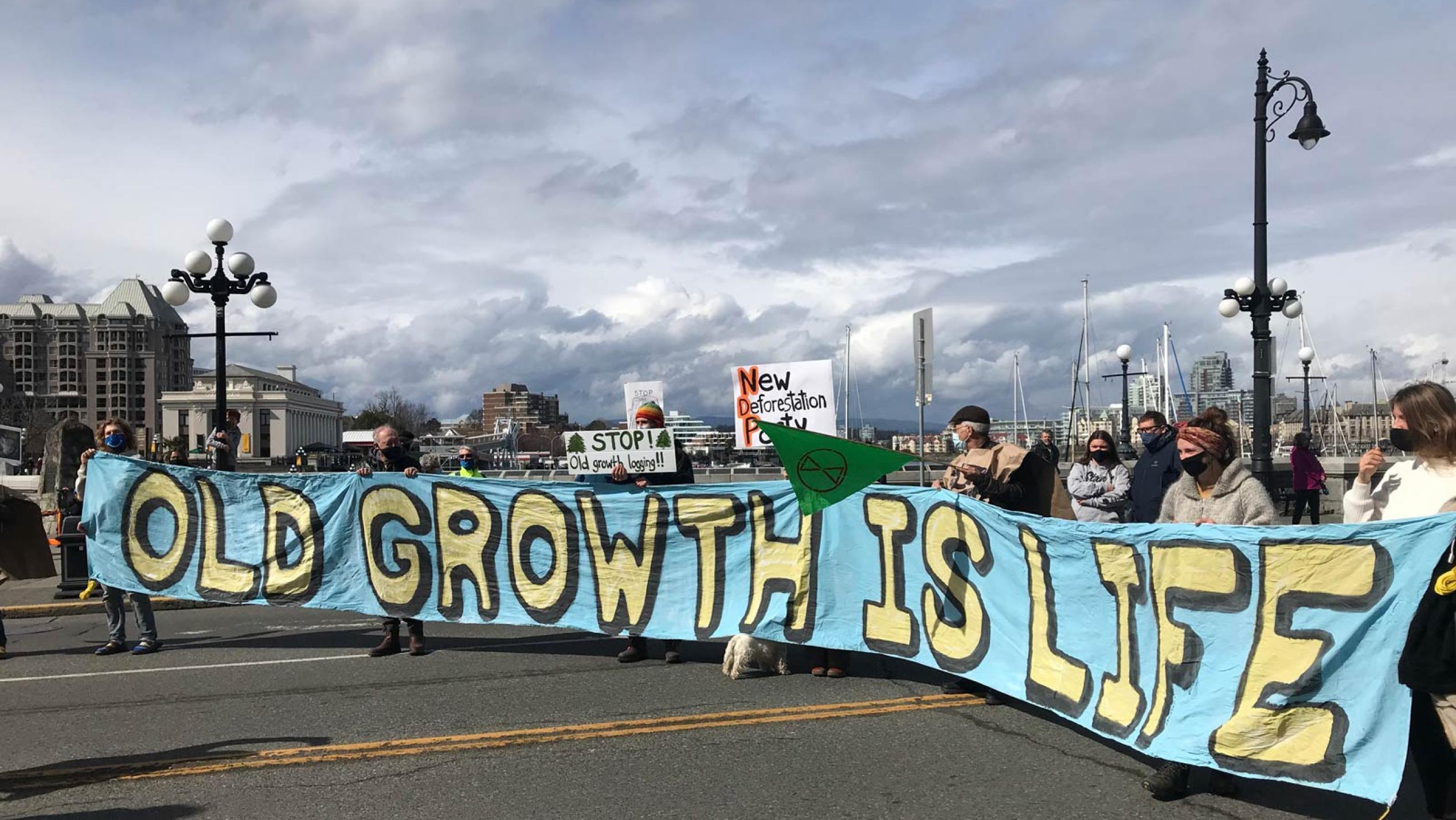
Past Campaign Updates
Join Us
Don’t miss your chance to make a difference. Receive campaign updates and important actions you can take to protect wildlife, preserve wilderness and fight climate change.
